Cellular manufacturing systems, specifically the U-shaped cell layout, are widely recognized for minimizing material handling, reducing travel distance, and streamlining operations.
This article explores what cellular layout means, the benefits of a U-cell, and how to integrate smart material handling equipment and systems to further enhance performance.
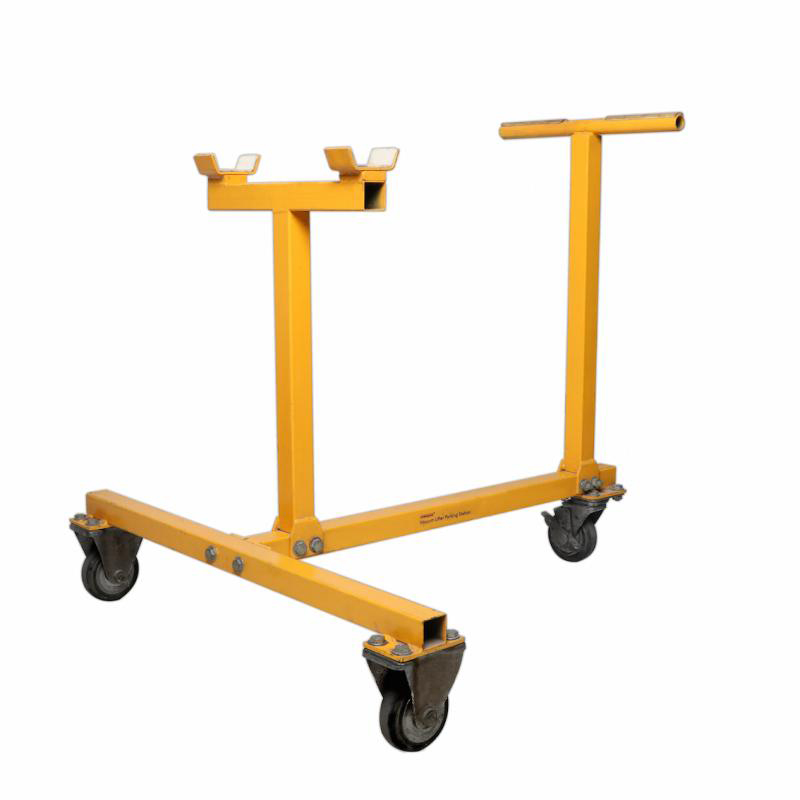
Table of Contents
ToggleWhat Is Cellular Layout in Workplace Design?
Cellular layout is a workspace organization method in which machines and workstations are grouped by product families. This is in contrast to traditional layouts where machines are grouped by function (e.g., all drills in one area, all welders in another).
Cell layouts aim to:
- Eliminate bottlenecks
- Reduce movement between workstations
- Promote flow and collaboration
- Minimize inventory and WIP (work-in-process)
Among these, the U-shaped cell is particularly effective at reducing material handling and maximizing operator flexibility.
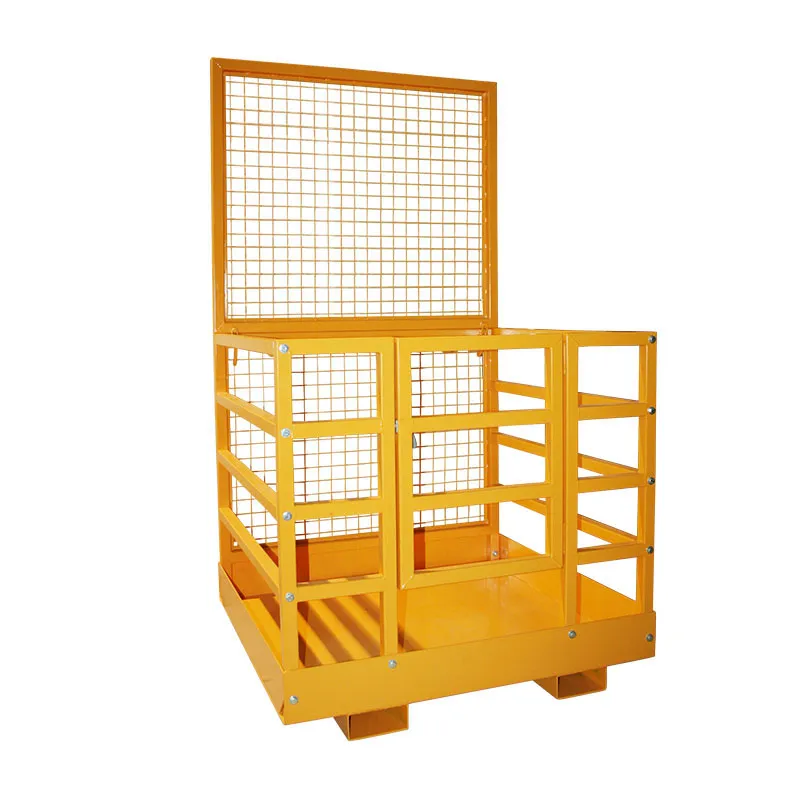
Why U-Shaped Cells Are Ideal for Material Handling Efficiency
A U-cell is a workstation configuration shaped like the letter “U,” allowing workers to perform multiple tasks with minimal movement. It is often used in lean manufacturing and assembly line optimization.
Benefits include:
- Operators can perform multiple processes without walking long distances
- Material enters and exits the same location, simplifying logistics
- Excellent visibility across all stations
- Seamless integration with automated material handling systems
By reducing the need for carts, forklifts, or excessive manual transfer, U-cells significantly improve flow and material handling for manufacturing.
How Cellular Design Minimizes Material Handling
Here’s how a cellular layout optimizes handling:
| Traditional Layout | Cellular Layout |
|---|---|
| Long transport distances | Short, circular flow |
| High material handling cost | Lower equipment and labor use |
| More forklift/trolley usage | Less need for movement tools |
| More WIP inventory | Smaller batch sizes |
This design drastically cuts back on the use of manual material handling tools, forklifts, and excessive travel.
🔗 Factors to Consider When Selecting Material Handling Equipment?
Key Equipment That Supports Cellular Layouts
Even with an optimal layout, using the right material handling equipment is essential. Here’s what supports U-cells:
1. Jib Cranes
These are ideal for overhead movement within the cell, especially in tight spaces.
2. Vacuum Lifters
Best for lifting fragile or heavy components such as stone, glass, or large metal parts.
3. Material Handling Carts and Trolleys
Compact carts enhance movement within the cell with minimal physical strain.
4. Forklifts for Material Handling
Still useful for moving raw materials into and finished goods out of the cell.
5. Overhead Material Handling Systems
Supports vertical storage and movement, increasing floor space availability.
Applications of Cellular Layout Across Industries
🏭 Material Handling in Manufacturing
U-cells promote just-in-time production and reduce labor costs. Ideal for assembling small components like electronics or tools.
🏗 Material Handling in Construction
Pre-fabrication stations can benefit from cell layouts for repeatable component assembly.
🍴 Material Handling in Food Industry
Batch production areas (e.g., packaging) can be designed in U-cells to maintain flow and hygiene compliance.
💊 Pharmaceutical Material Handling Systems
Cellular designs improve cleanroom organization and minimize contamination zones.
How to Design a U-Cell: Step-by-Step
- Group Products by Similarity
Use product families to group equipment logically. - Place Machines in U-Formation
Ensure entry and exit are on the same side. - Minimize Travel Between Tasks
Use conveyors or tables to pass materials efficiently. - Provide Visual Controls and Signage
Lean tools like Kanban boards support smooth flow. - Integrate Automation
Include automated vs manual material handling analysis to determine where conveyors, shuttles, or AGVs are beneficial.
Boosting Efficiency with Cellular Systems
Combining cellular design with lean-focused material handling system design considerations allows you to:
- Reduce inventory
- Improve material traceability
- Enhance labor flexibility
- Increase throughput without expanding floor space
🔗 How Does Material Handling Impact the Human Labor Force?
Common Mistakes to Avoid
- ❌ Overloading a cell with too many machines
- ❌ Using inappropriate bulk material handling systems inside the cell
- ❌ Ignoring operator ergonomics
- ❌ Skipping training on material handling safety standards
Always implement material handling training programs to reduce the risk of strain or accidents.
Safety Considerations in Cellular Workspaces
- Use proper PPE and dress code
🔗 Loose Clothing Is Best to Wear When Handling Material? - Maintain clear aisle space
- Install emergency stop systems on automated tools
- Regularly inspect cranes and hoists for wear and tear
Final Thoughts
In workplace design and layout, the U-shaped cellular design is the most effective cell layout to minimize travel and material handling. When implemented with the right equipment and safety protocols, it promotes lean operations, higher efficiency, and reduced waste.
Whether you’re managing material handling in logistics, warehouses, or food processing plants, integrating a smart cellular design will dramatically improve your operational flow.

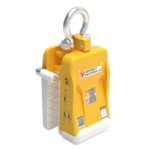
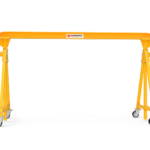
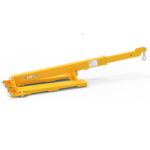
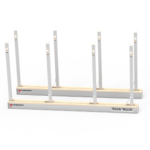
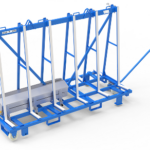
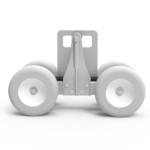
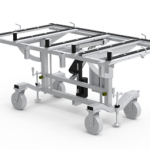
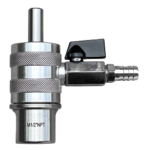
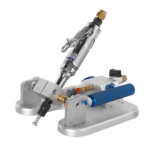
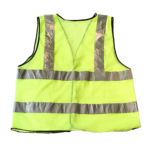
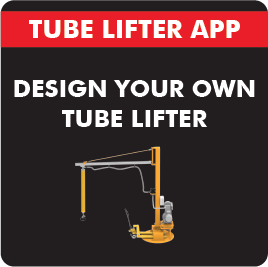
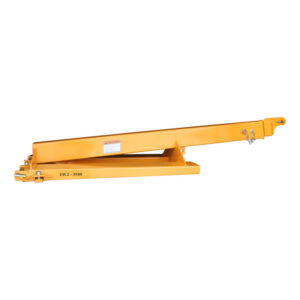
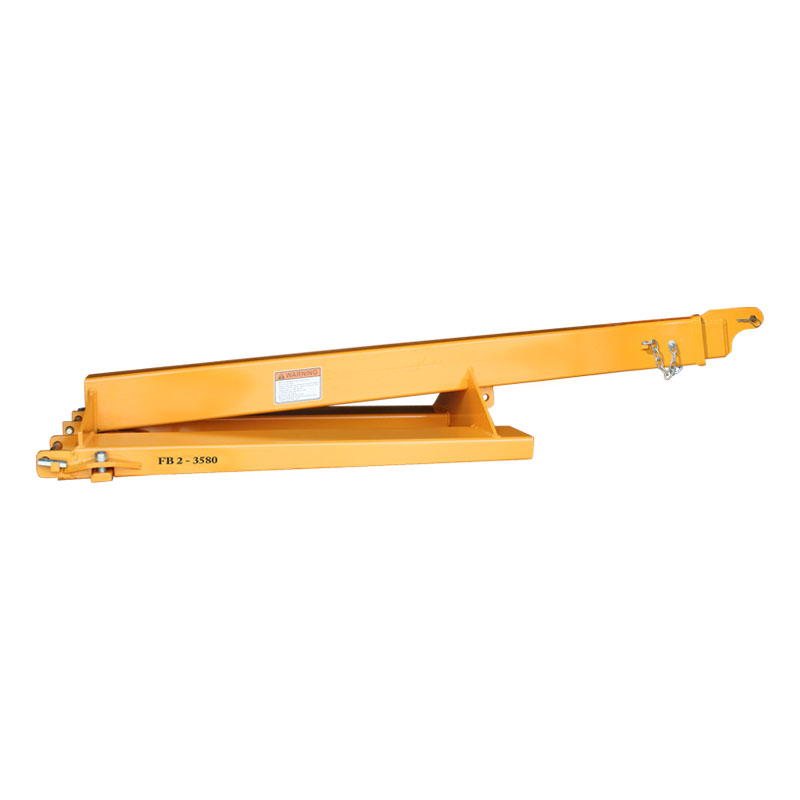
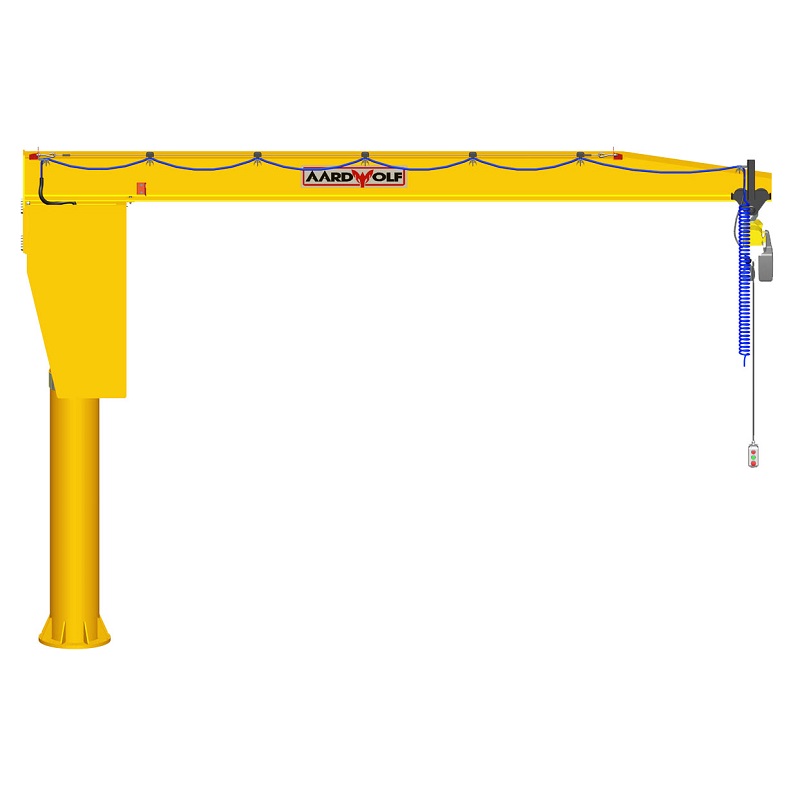
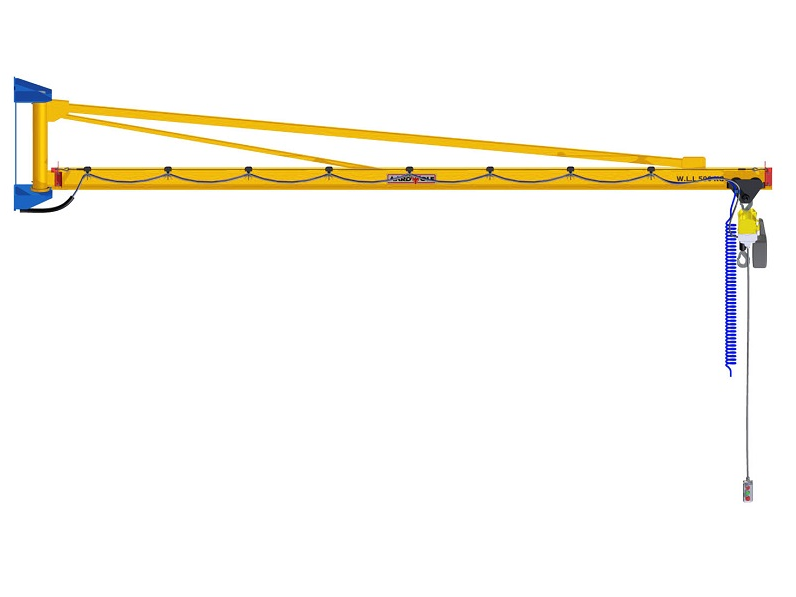

Please log in to leave a comment.